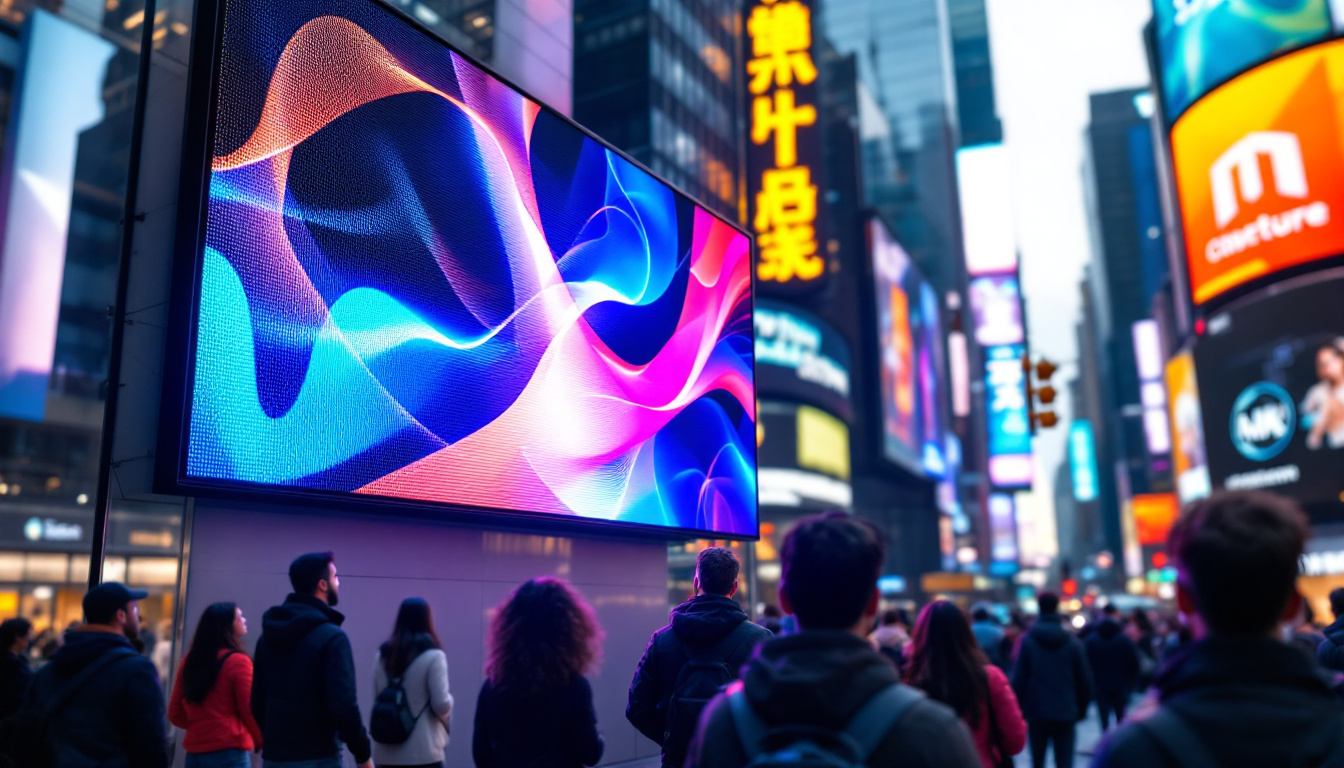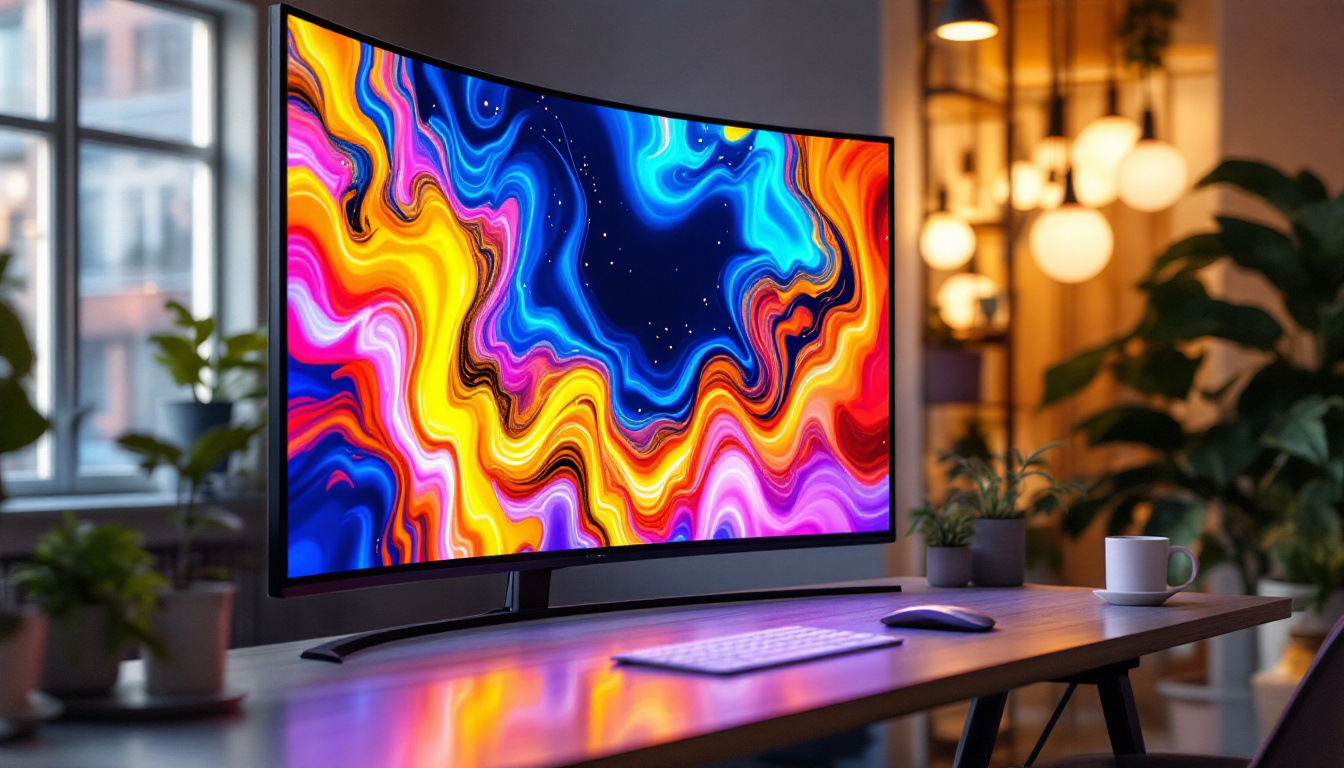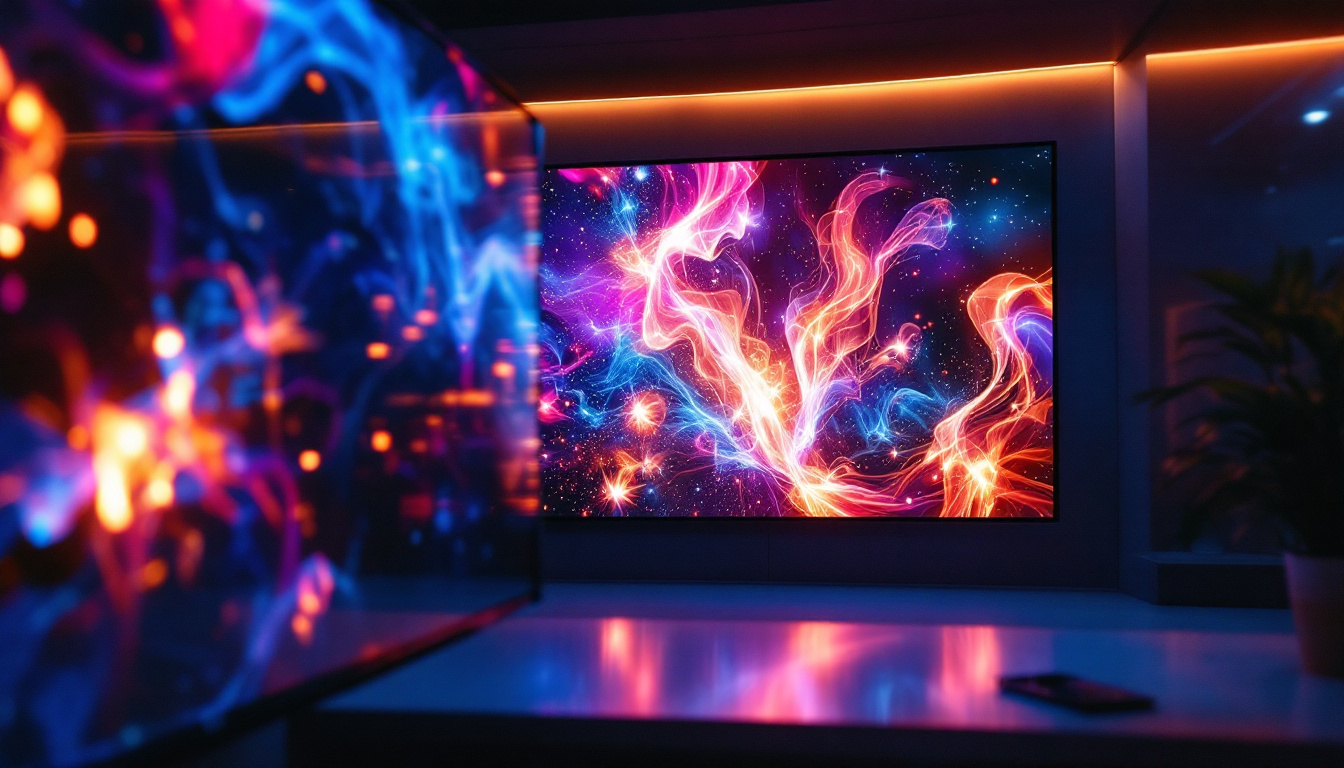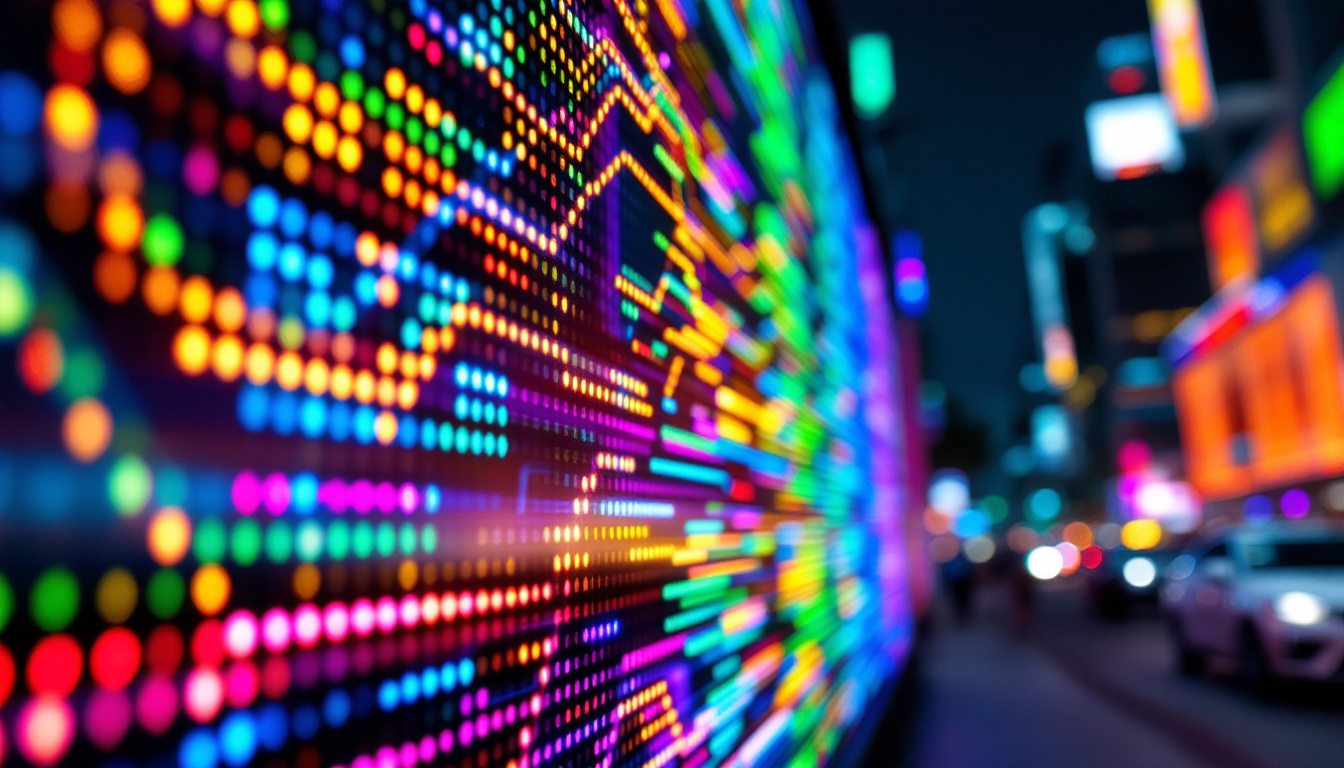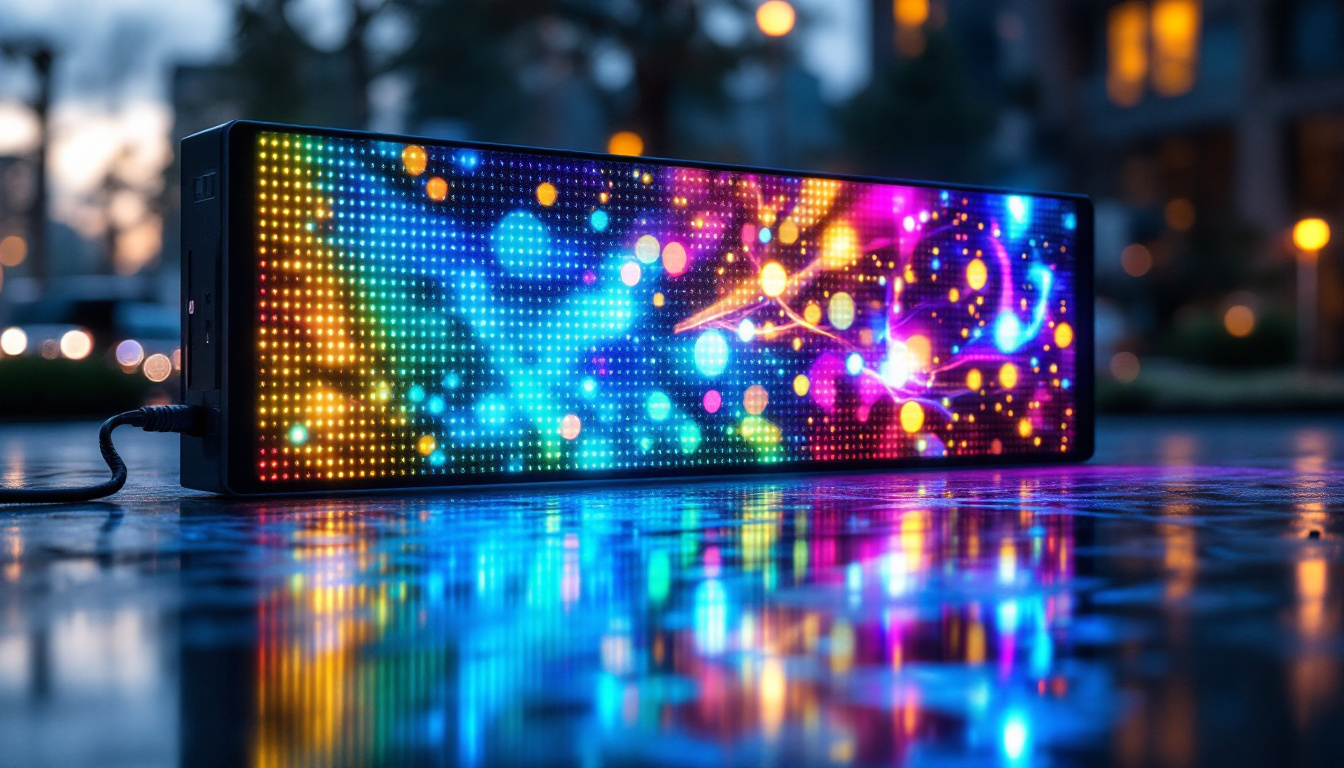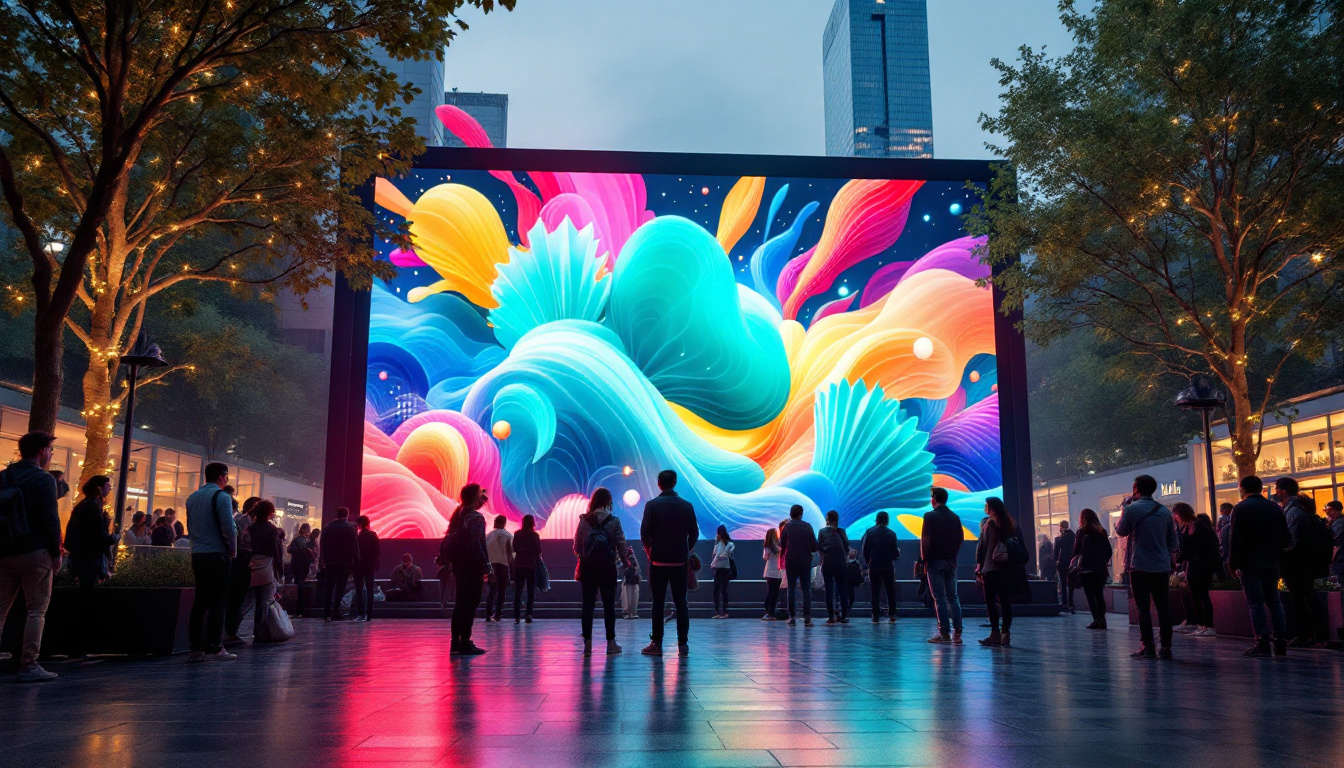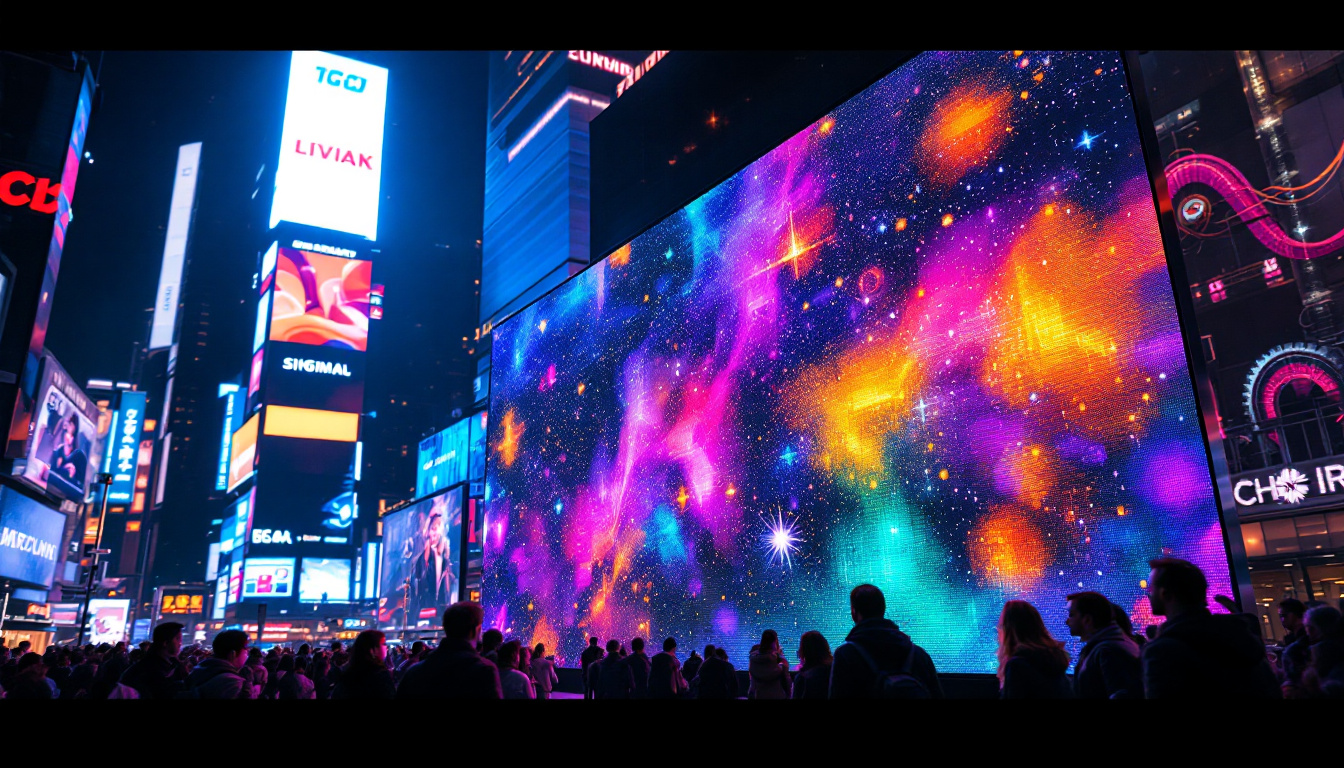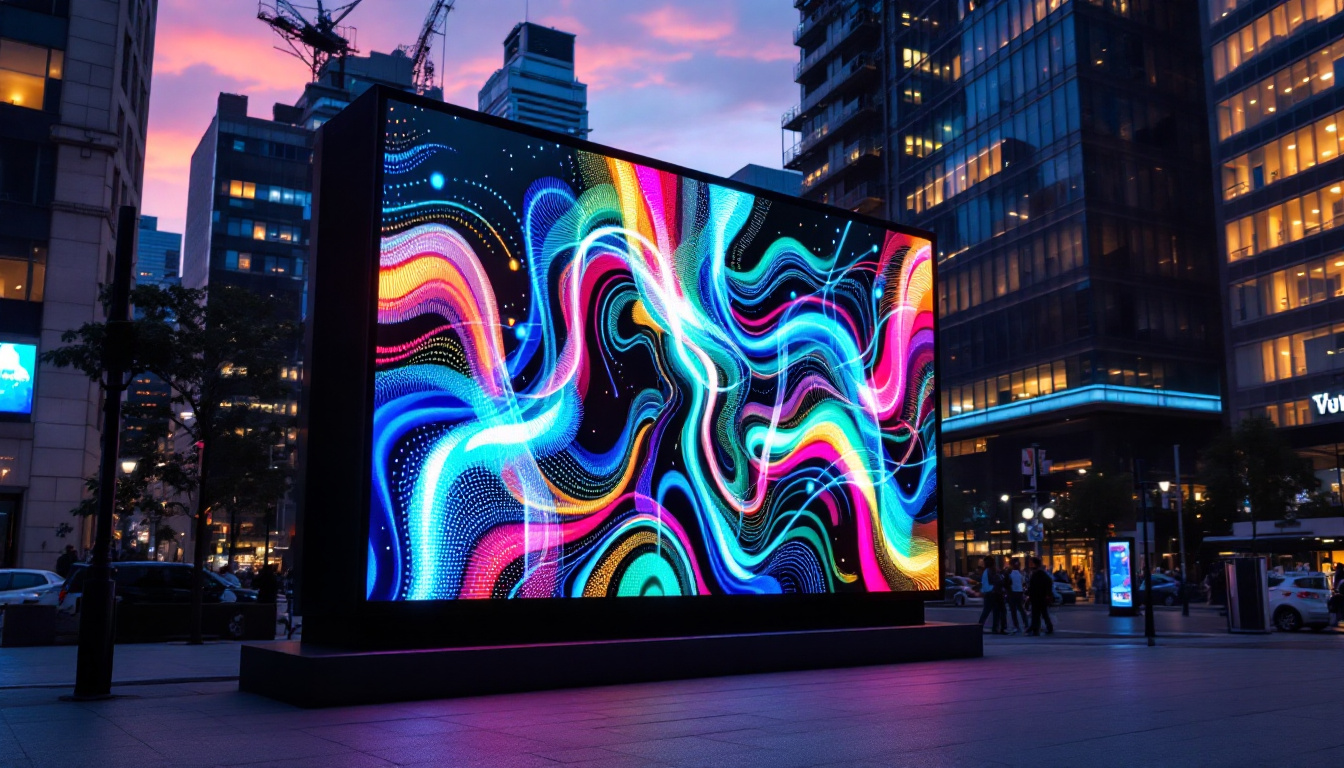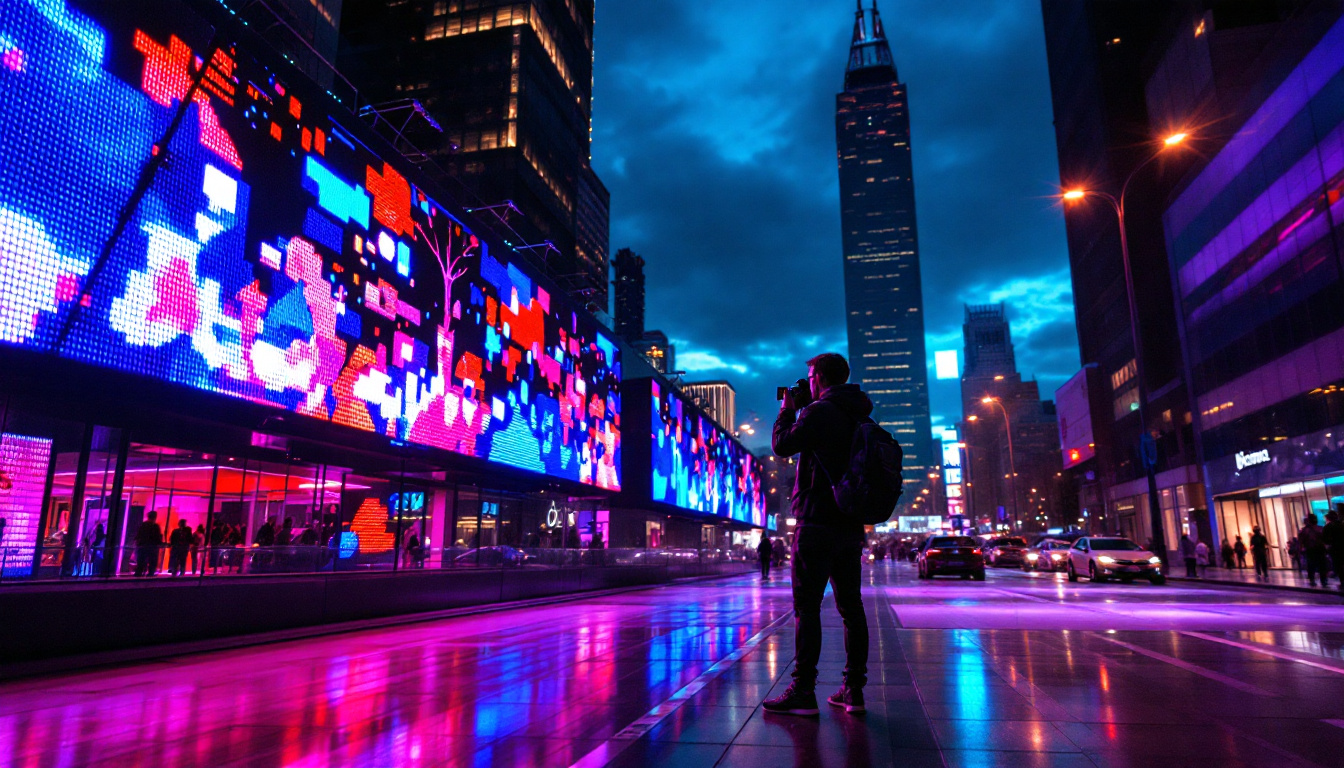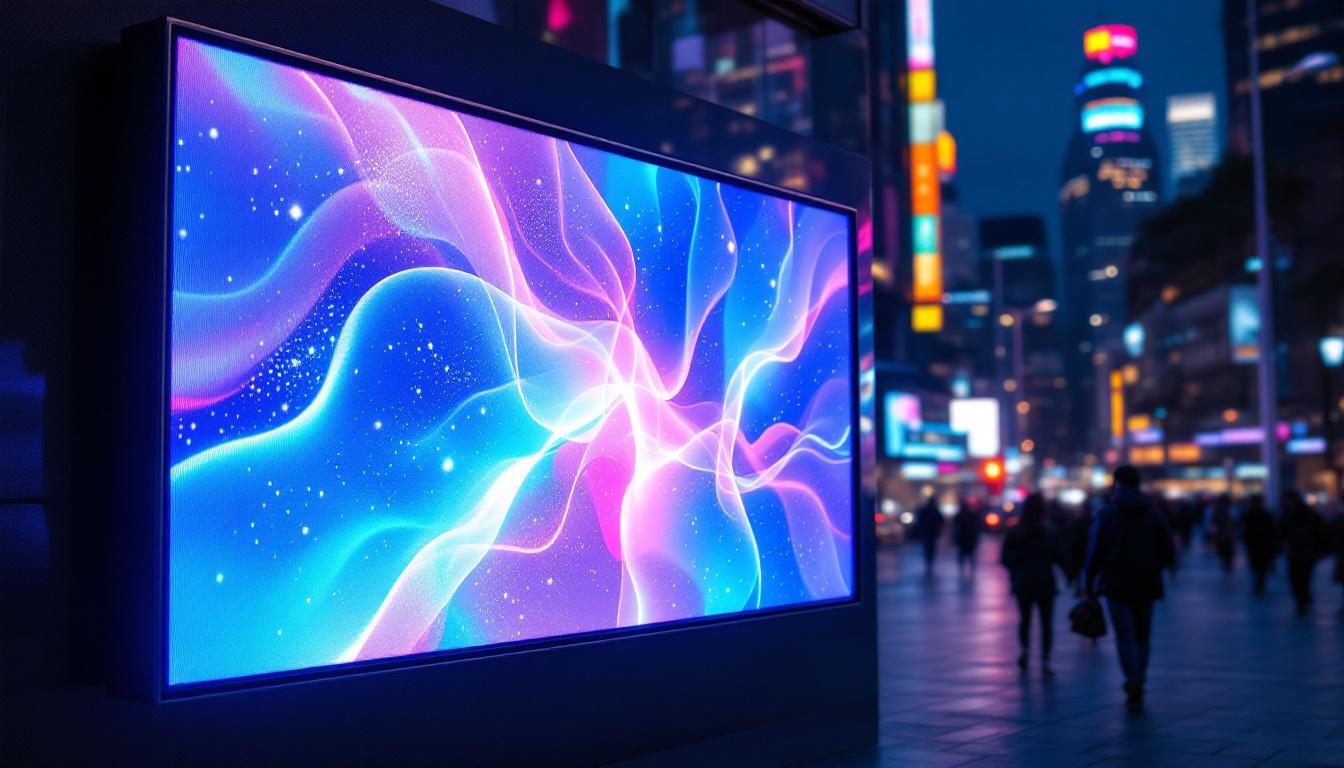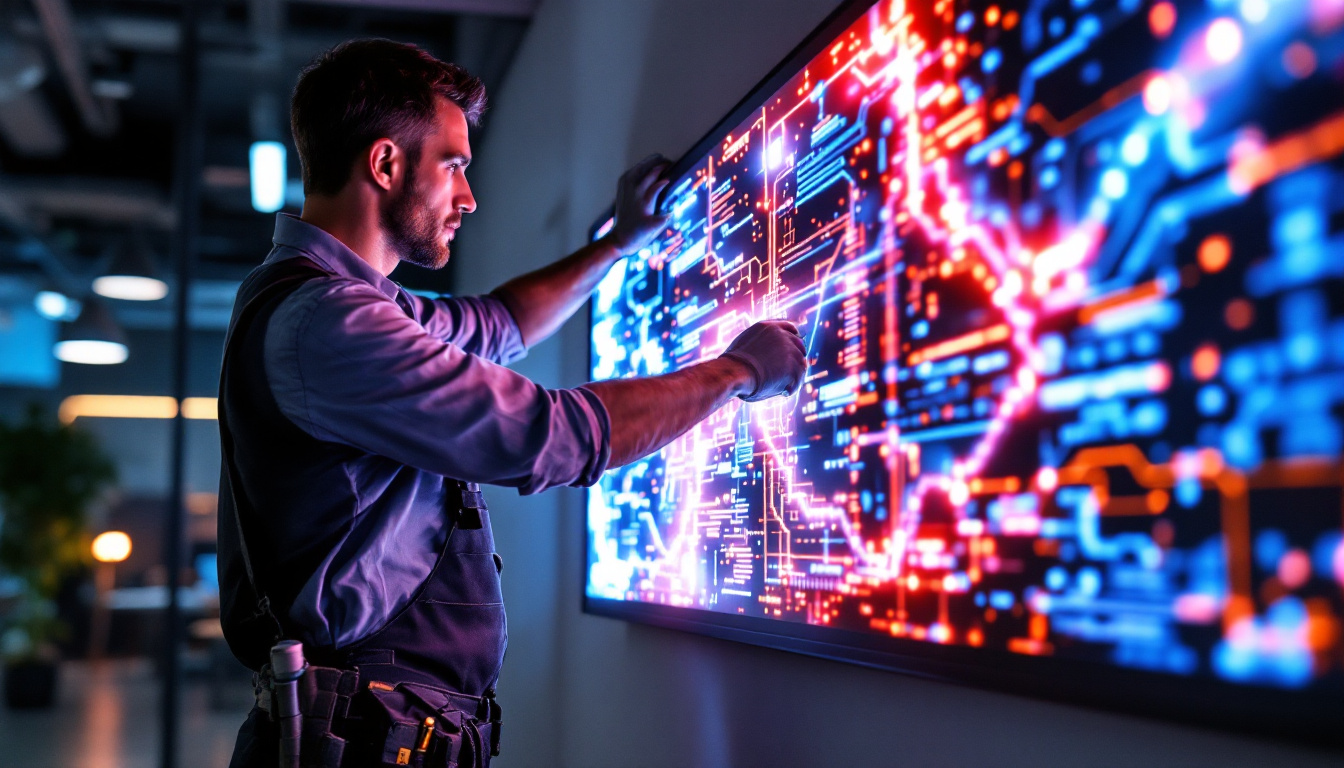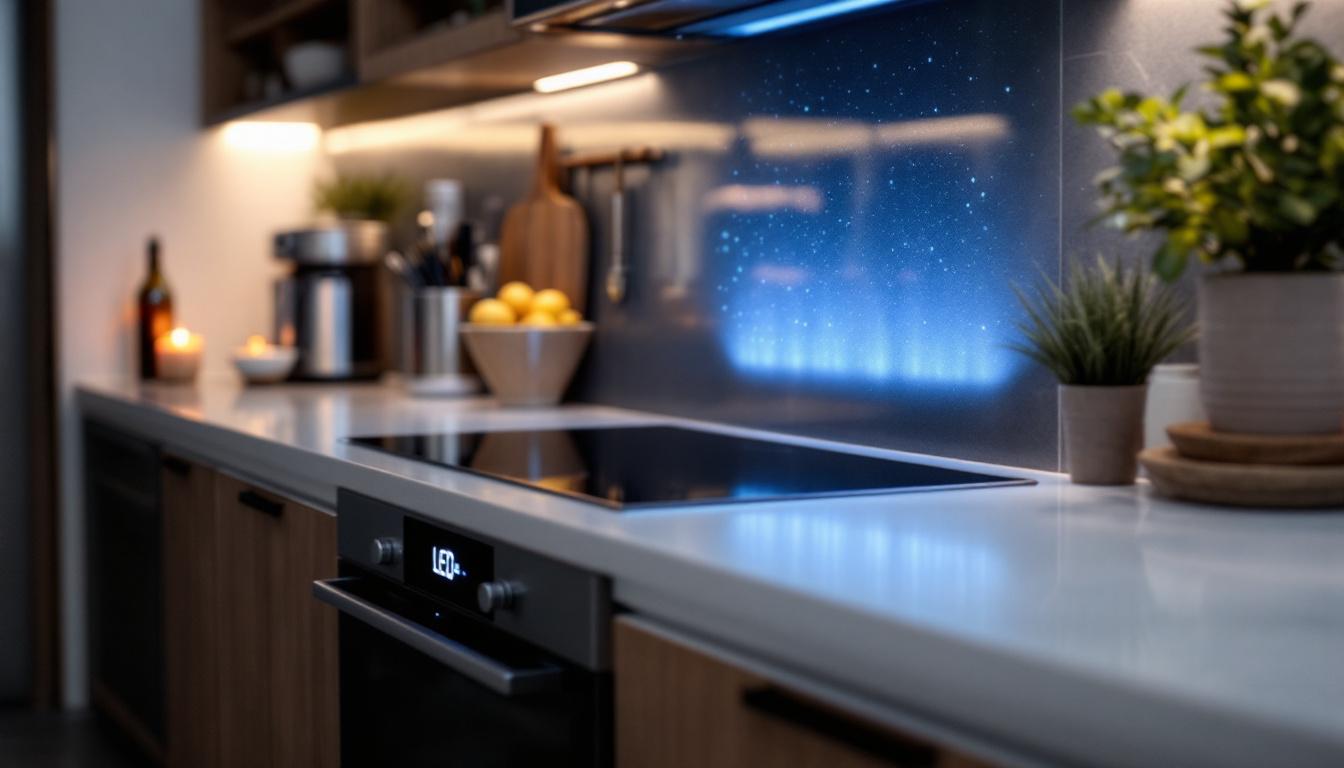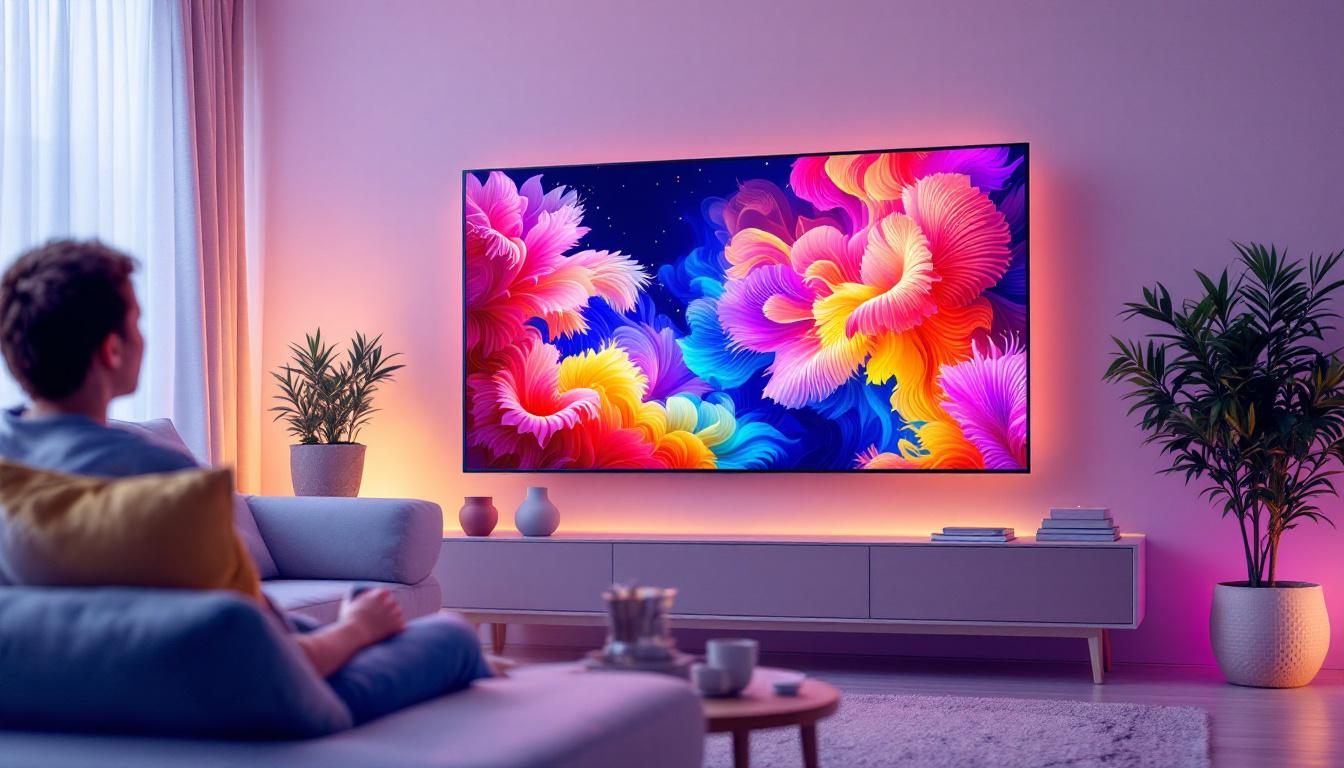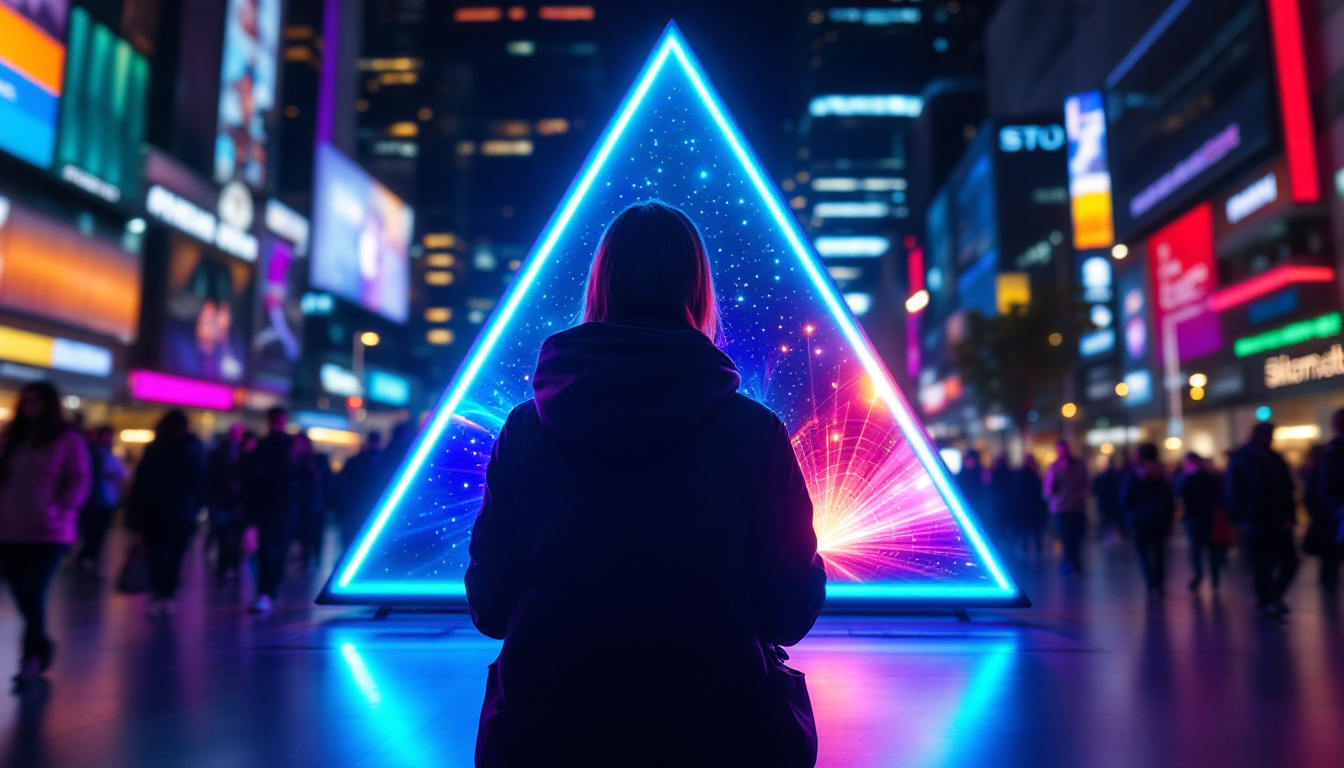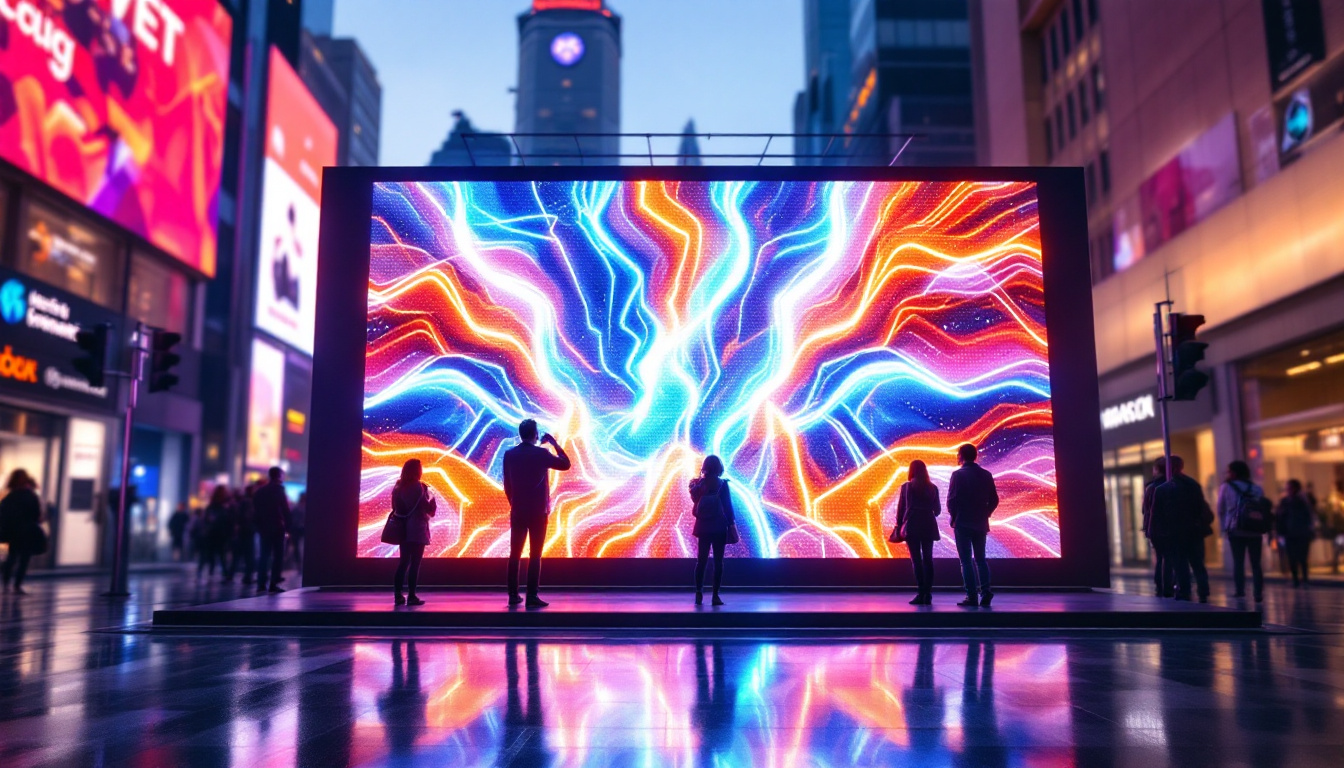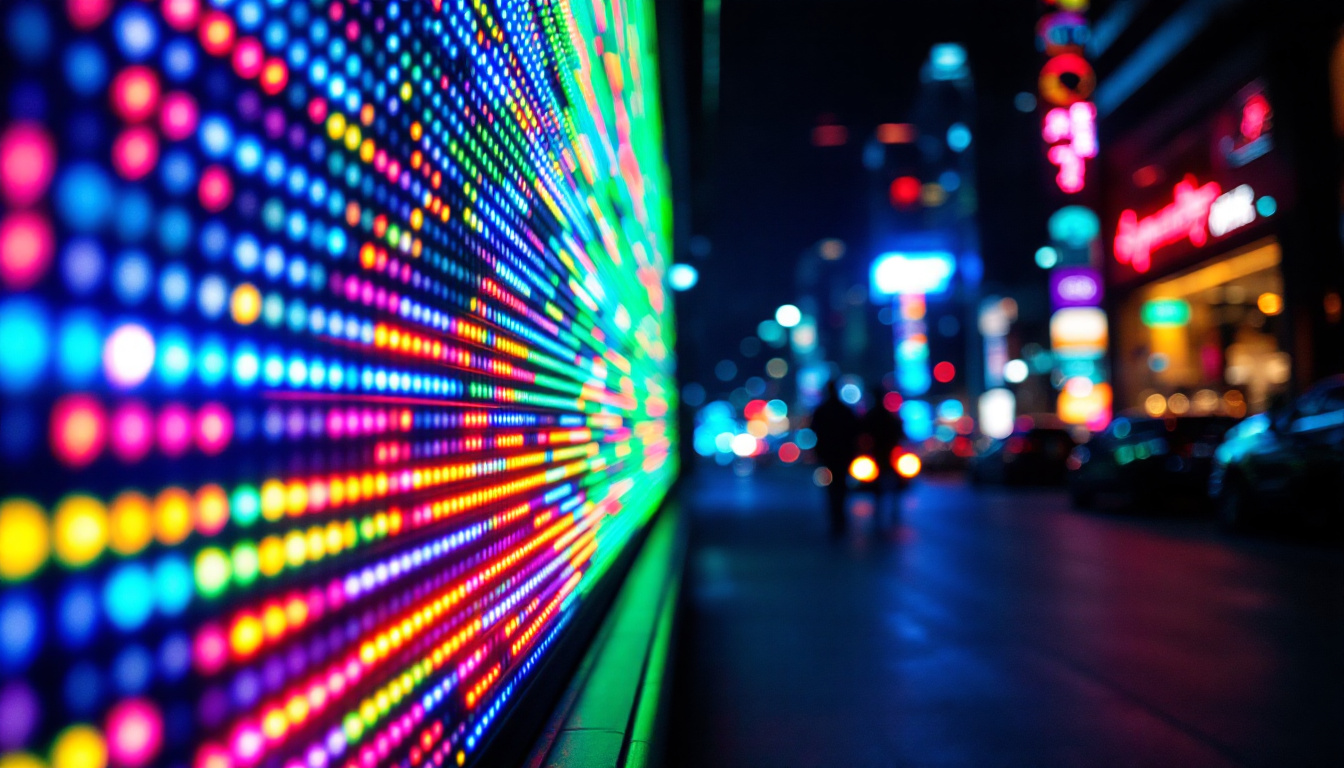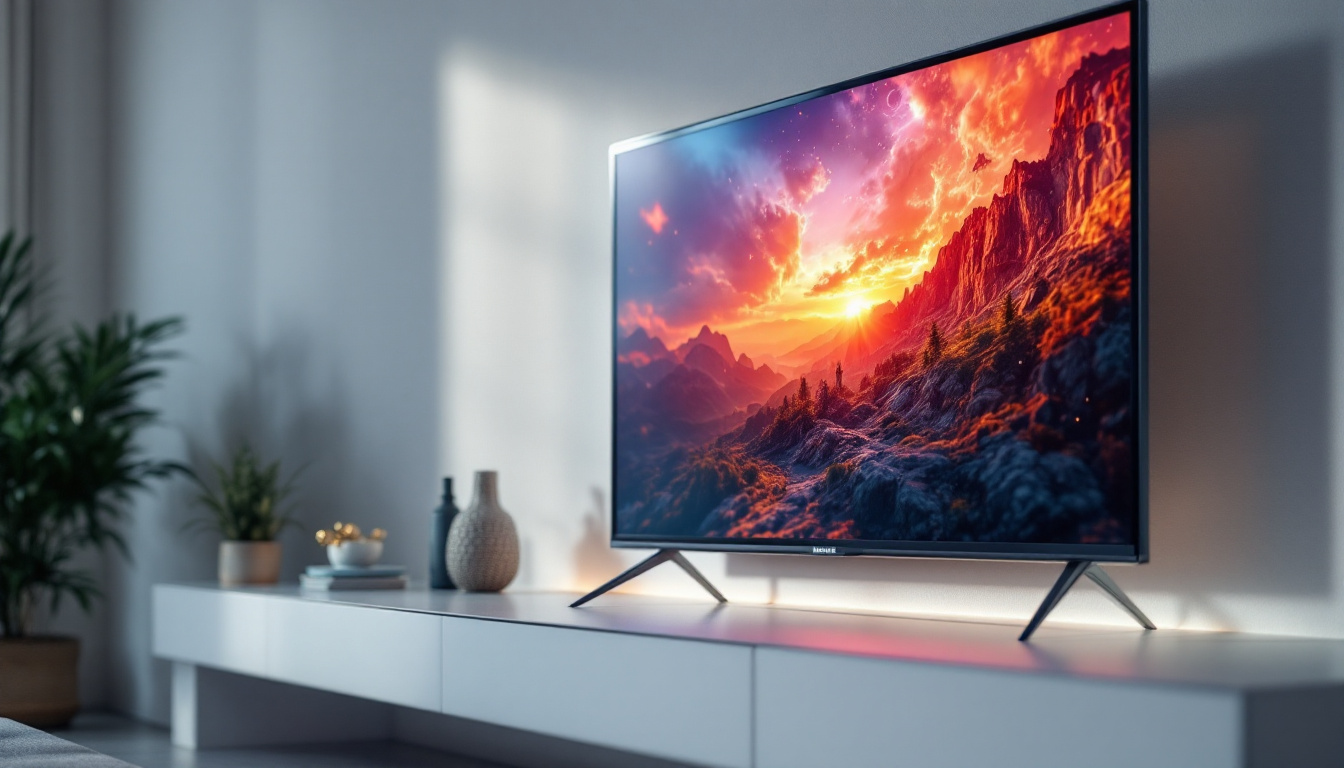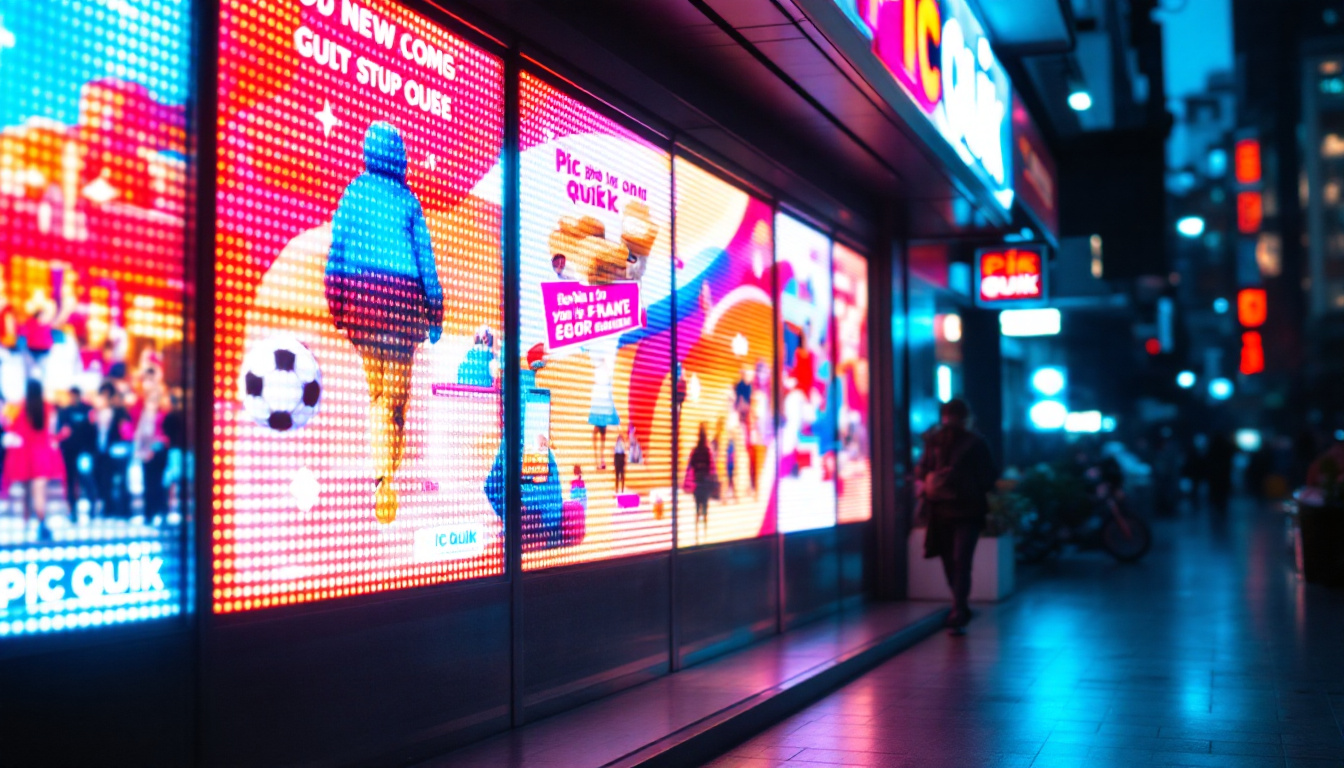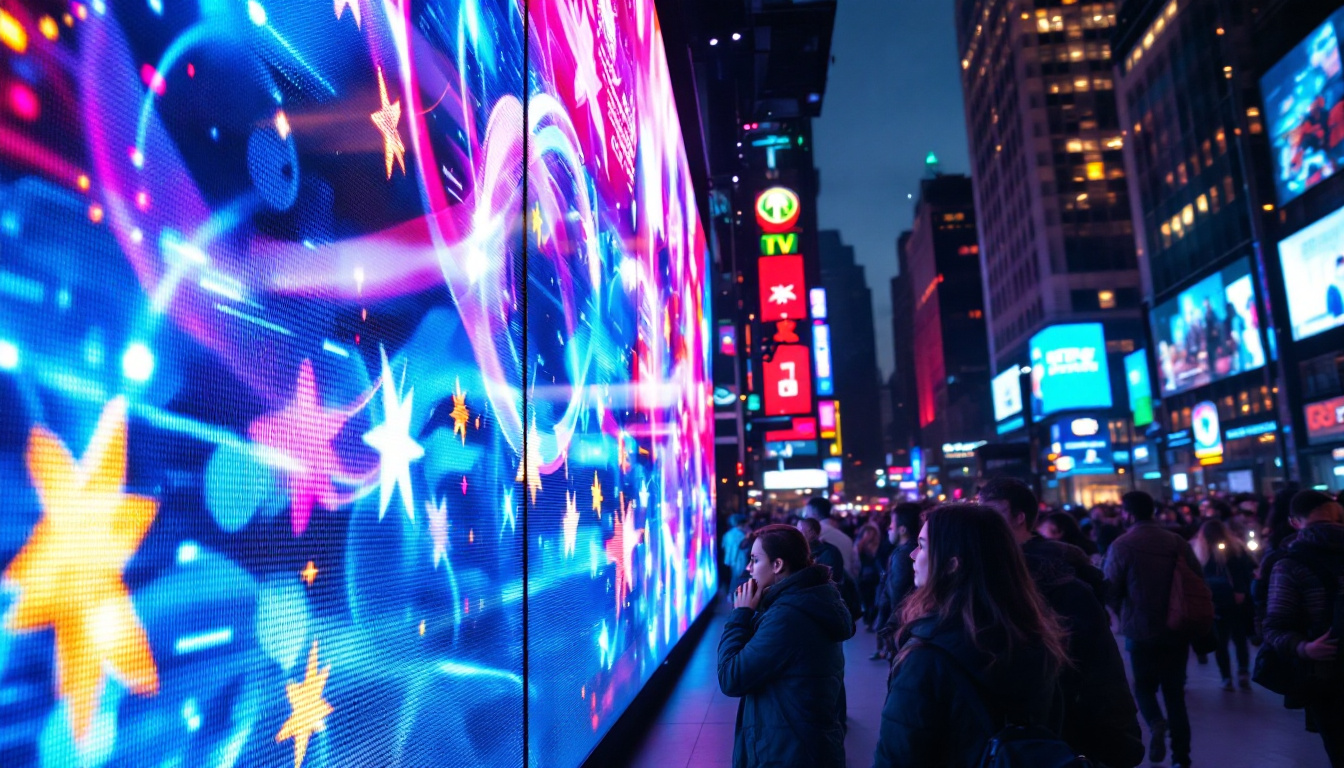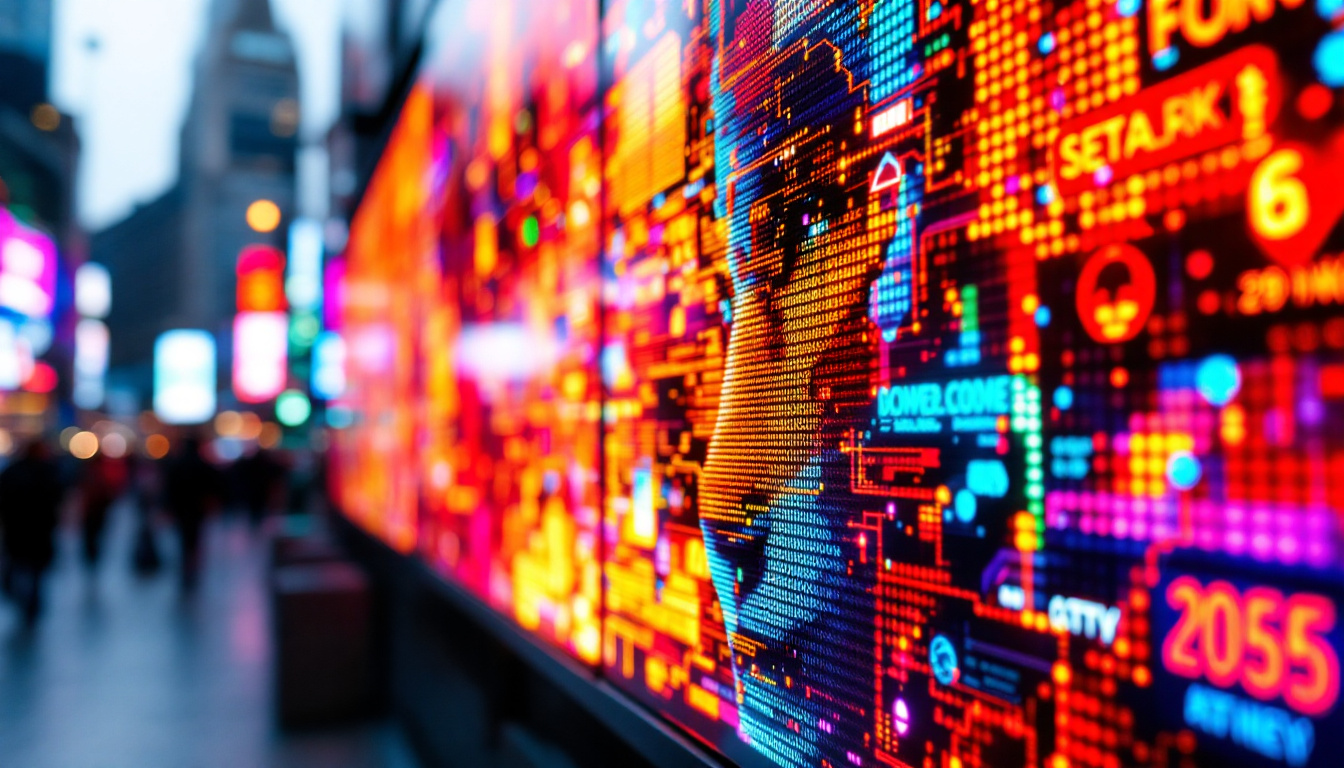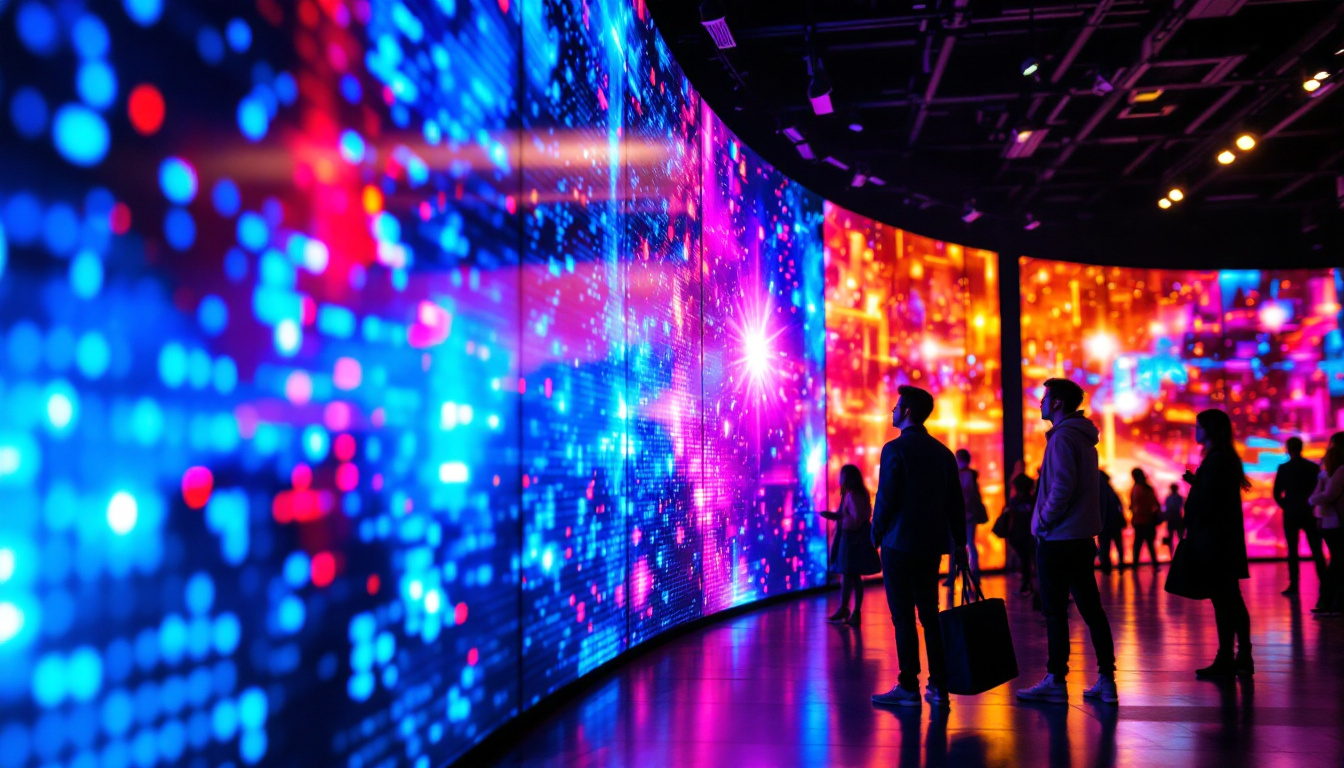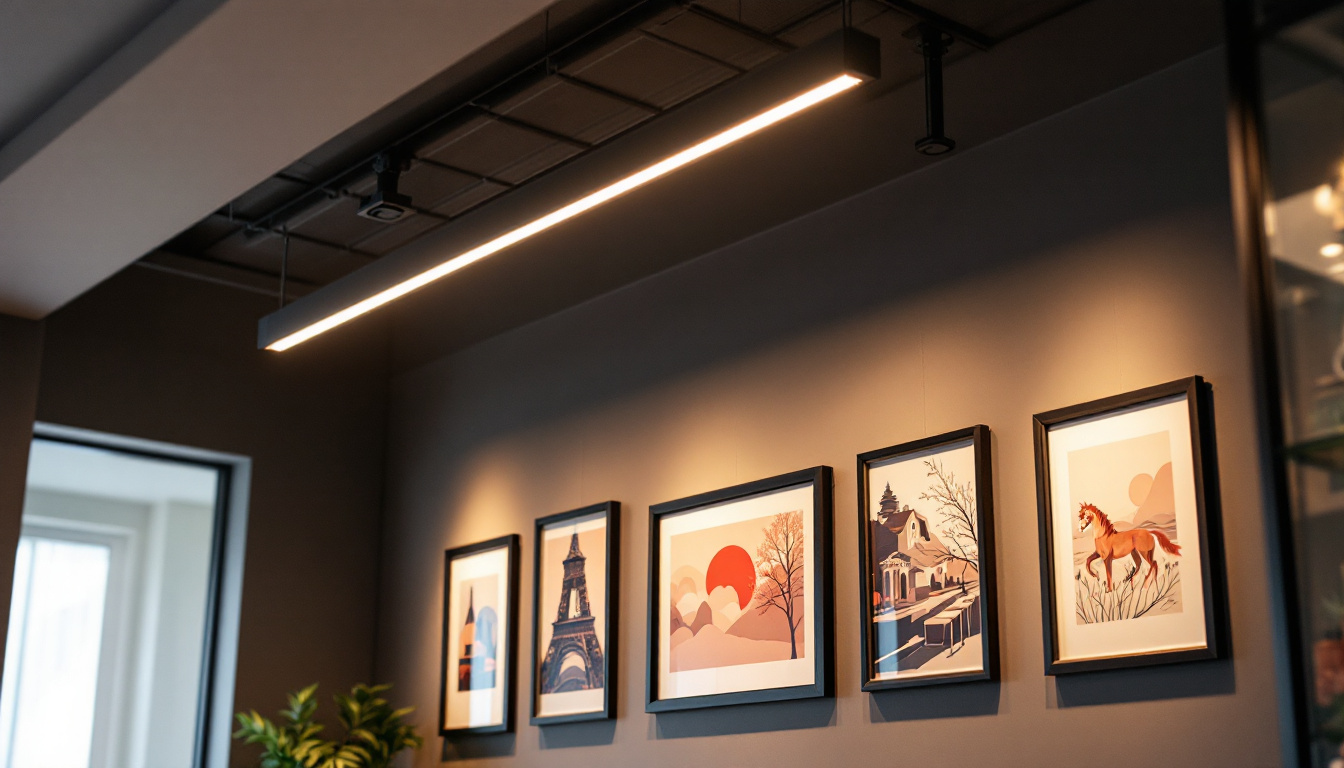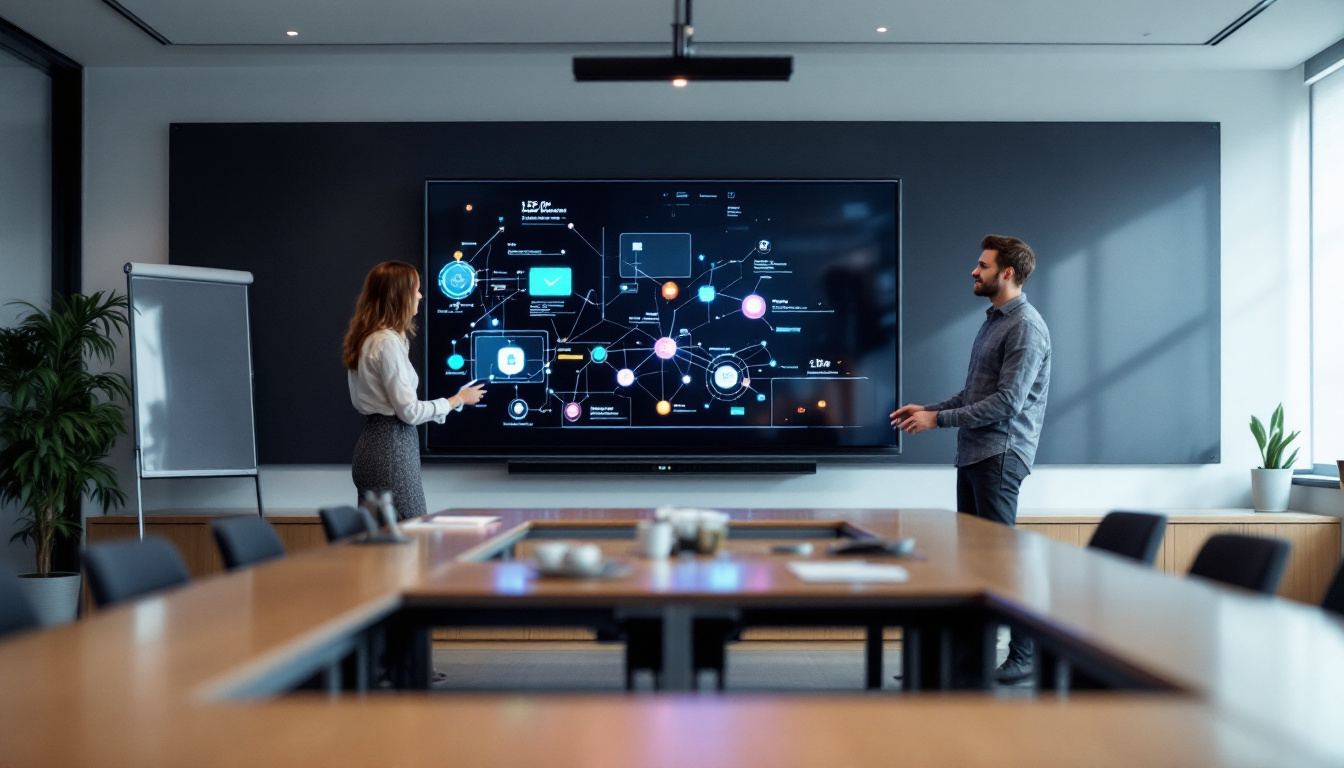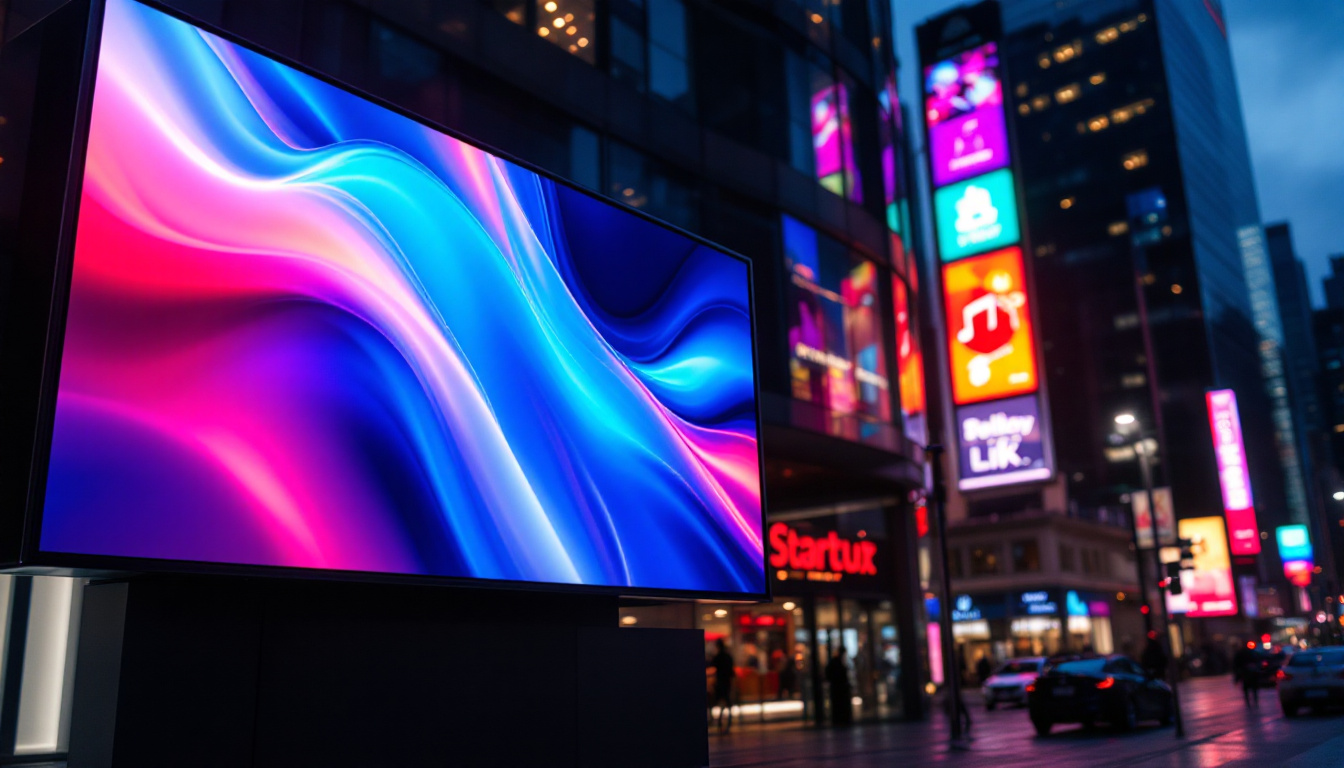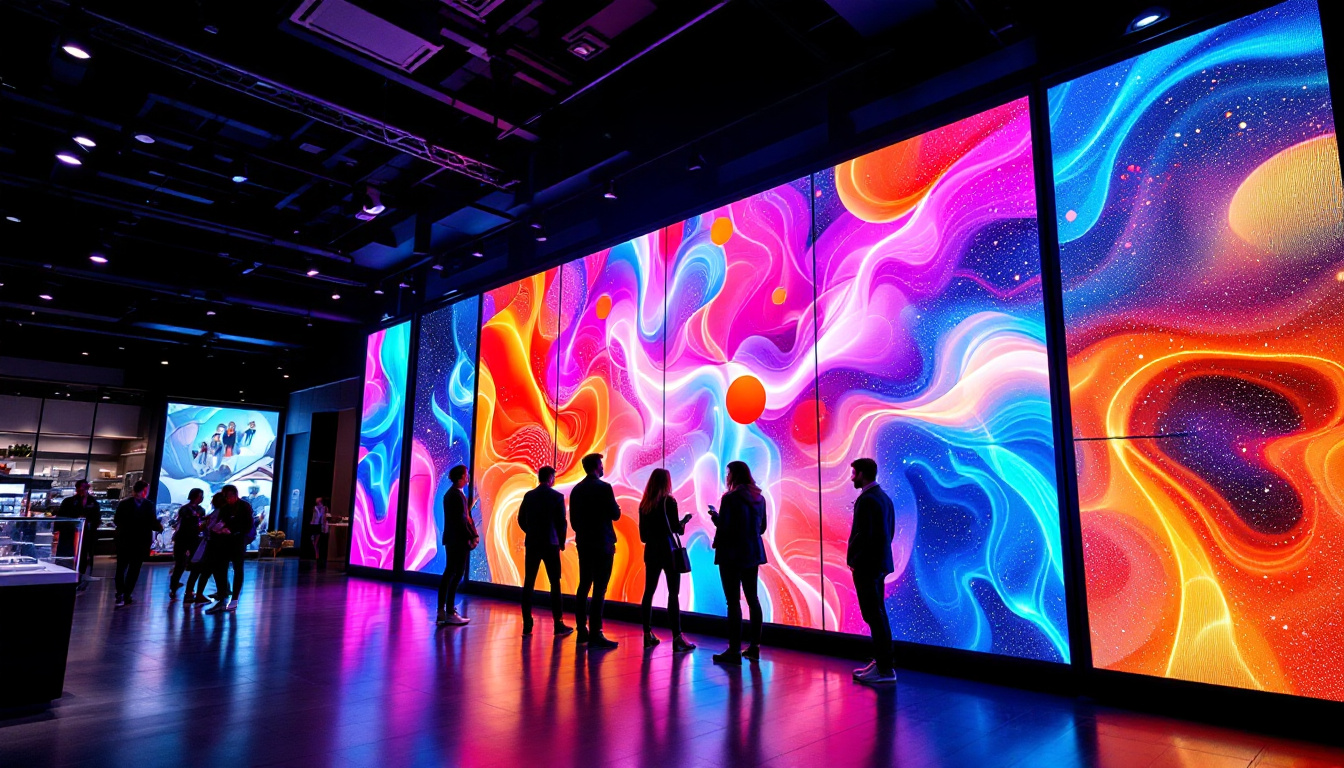In the rapidly evolving world of technology, LED displays have emerged as a cornerstone in various industries, ranging from advertising to entertainment and even in corporate environments. The versatility of LED technology has led to its widespread adoption, and understanding the nuances of this technology is essential for businesses looking to enhance their visual communication. This article delves into the concept of all-in-one suppliers for LED displays, exploring their significance, functionalities, and the benefits they offer.
Understanding LED Displays
LED, or Light Emitting Diode, displays are electronic devices that utilize LEDs as their primary light source. Unlike traditional LCD screens, which rely on backlighting, LED displays are composed of numerous tiny diodes that emit light, allowing for brighter and more vibrant images. This technology has revolutionized how visuals are presented across various platforms, from consumer electronics to large-scale advertising. The energy efficiency of LED displays also contributes to their growing popularity, as they consume significantly less power compared to older display technologies, making them an environmentally friendly choice.
Types of LED Displays
LED displays come in several forms, each designed for specific applications. The most common types include:
- Indoor LED Displays: These are typically used in environments such as shopping malls, conference rooms, and theaters. They offer high resolution and brightness suitable for close viewing, ensuring that every detail is crisp and clear. Indoor displays often feature advanced color calibration technologies that enhance the viewing experience, making them ideal for presentations and entertainment.
- Outdoor LED Displays: Designed to withstand weather conditions, these displays are used for billboards, sports arenas, and outdoor events. They are built to be more durable and have higher brightness levels to combat sunlight glare. Many outdoor LED displays also incorporate protective coatings to shield against rain, dust, and UV damage, ensuring longevity and consistent performance in various climates.
- Transparent LED Displays: These innovative displays allow for visibility through the screen, making them ideal for retail environments where showcasing products behind the display is essential. Their unique design not only enhances the aesthetic appeal of storefronts but also provides an interactive experience for customers, blending digital content with physical products seamlessly.
How LED Displays Work
At their core, LED displays function by lighting up individual pixels composed of red, green, and blue (RGB) diodes. By varying the intensity of each color, a wide spectrum of colors can be produced. This pixel-based technology allows for high-definition images and videos, making LED displays a preferred choice for dynamic content. The rapid refresh rates of LED displays also contribute to their ability to display fast-moving images without blurring, which is particularly beneficial for sports broadcasts and live events.
Moreover, the modular nature of LED displays enables them to be configured in various sizes and shapes, providing flexibility for different installation environments. This adaptability is one of the key reasons why businesses opt for LED technology. Additionally, advancements in control systems have made it easier to manage content across multiple displays, allowing for synchronized presentations that can captivate audiences. As the technology continues to evolve, we can expect even more innovative applications, such as interactive displays that respond to viewer engagement and augmented reality features that enhance the overall experience.
The Role of All-In-One Suppliers
All-in-one suppliers play a crucial role in the LED display market by offering comprehensive solutions that encompass everything from design and manufacturing to installation and maintenance. These suppliers streamline the procurement process, making it easier for businesses to acquire the necessary technology without having to engage with multiple vendors.
Benefits of Working with All-In-One Suppliers
Choosing an all-in-one supplier for LED displays presents several advantages:
- Streamlined Communication: With a single point of contact, businesses can reduce the complexity of managing multiple suppliers. This leads to clearer communication and faster resolution of issues.
- Integrated Solutions: All-in-one suppliers often provide integrated solutions that include hardware, software, and installation services. This ensures compatibility and reduces the likelihood of technical issues.
- Cost Efficiency: By consolidating services under one supplier, businesses can often negotiate better pricing and reduce overall costs associated with procurement and installation.
Key Services Offered by All-In-One Suppliers
All-in-one suppliers typically offer a range of services that cater to the diverse needs of their clients. These services include:
- Consultation and Design: Suppliers assist clients in selecting the right type of LED display based on their specific requirements, including size, resolution, and intended use.
- Installation Services: Professional installation ensures that the displays are set up correctly and function optimally. This service often includes site surveys and structural assessments.
- Ongoing Support and Maintenance: Regular maintenance and support services help ensure that the displays remain in peak condition, minimizing downtime and extending the lifespan of the technology.
Applications of LED Displays
The applications of LED displays are vast and varied, making them suitable for numerous industries. Their ability to deliver high-quality visuals in different settings has led to their adoption in several key areas.
Advertising and Marketing
One of the most prominent uses of LED displays is in advertising and marketing. Outdoor LED billboards capture the attention of passersby with vibrant colors and dynamic content. These displays can be updated in real-time, allowing businesses to promote sales, events, or new products instantly.
Indoor LED displays are equally effective in retail environments, where they can be used to showcase promotions or enhance the shopping experience. The ability to change content frequently ensures that customers are always engaged with fresh visuals.
Entertainment and Events
In the entertainment industry, LED displays are crucial for concerts, festivals, and sporting events. Large-scale LED screens provide audiences with immersive experiences, displaying live feeds, graphics, and animations that enhance the overall atmosphere.
Additionally, LED displays are used in theaters and cinemas to create captivating backdrops and visual effects, further enriching the storytelling experience for viewers.
Corporate and Educational Use
LED displays are increasingly being adopted in corporate settings for presentations, meetings, and training sessions. Their clarity and brightness ensure that information is conveyed effectively, even in large conference rooms.
In educational institutions, LED displays serve as powerful teaching tools. They can display interactive content, making lessons more engaging for students. Furthermore, the ability to connect to various devices allows for seamless integration of multimedia presentations.
Choosing the Right LED Display
When selecting an LED display, several factors need to be considered to ensure that the chosen solution aligns with the specific needs of the business or organization.
Resolution and Pixel Pitch
Resolution is a critical factor in determining the quality of the display. Higher resolution displays provide clearer images, which is especially important for applications where viewers will be close to the screen. Pixel pitch, which refers to the distance between the centers of two adjacent pixels, also plays a significant role. A smaller pixel pitch results in higher resolution and better image quality, making it suitable for indoor environments.
Brightness and Viewing Distance
Brightness is another essential consideration, particularly for outdoor displays. The brightness level, measured in nits, should be sufficient to overcome ambient light conditions. For outdoor displays, a brightness level of at least 5,000 nits is recommended to ensure visibility in direct sunlight. Additionally, understanding the typical viewing distance helps in selecting the appropriate brightness level for the display.
Installation and Maintenance Requirements
Understanding the installation requirements is vital for a successful deployment. Factors such as location, structural support, and power supply need to be considered. Furthermore, maintenance requirements should also be evaluated. All-in-one suppliers often provide maintenance services, ensuring that the displays remain operational and any issues are addressed promptly.
Future Trends in LED Display Technology
The LED display industry is continuously evolving, with new technologies and trends emerging that promise to enhance the capabilities and applications of these displays.
Advancements in Technology
Recent advancements in LED technology include the development of microLED and miniLED displays. These technologies offer improved color accuracy, contrast ratios, and energy efficiency. MicroLED displays, in particular, are gaining attention for their potential to deliver superior performance in a compact form factor.
Integration with Smart Technology
As smart technology becomes increasingly prevalent, LED displays are being integrated with IoT (Internet of Things) capabilities. This integration allows for real-time data display, remote management, and enhanced interactivity, making LED displays even more versatile for various applications.
Sustainability and Energy Efficiency
With growing concerns about environmental impact, the LED display industry is also focusing on sustainability. Newer models are being designed to consume less energy and utilize recyclable materials, aligning with global efforts to reduce carbon footprints and promote eco-friendly practices.
Conclusion
The significance of LED displays in modern communication cannot be overstated. As technology continues to advance, the role of all-in-one suppliers becomes increasingly vital in providing comprehensive solutions that meet the diverse needs of businesses across various sectors. By understanding the intricacies of LED displays and leveraging the expertise of all-in-one suppliers, organizations can enhance their visual communication strategies, engage their audiences more effectively, and ultimately drive success in their respective fields.
In conclusion, whether for advertising, entertainment, or corporate use, LED displays offer unparalleled opportunities for innovation and engagement. As industries continue to embrace this technology, the future of LED displays looks bright, promising even more exciting developments on the horizon.
Discover LumenMatrix’s Comprehensive LED Display Solutions
Ready to elevate your visual communication with cutting-edge LED display technology? Look no further than LumenMatrix, a leader in innovative LED solutions. From vibrant Indoor LED Wall Displays to dynamic Outdoor LED Wall Displays, and from engaging Vehicle LED Displays to sleek LED Poster Displays, LumenMatrix offers a wide array of products designed to captivate and engage your audience. Whether you need a high-impact LED Sports Display, an interactive Floor LED Display, or a Custom LED Display tailored to your unique requirements, LumenMatrix has the expertise to bring your vision to life. Embrace the future of digital signage with our All-in-One LED Display and LED Transparent Display options. Check out LumenMatrix LED Display Solutions today and transform your business’s visual storytelling.

